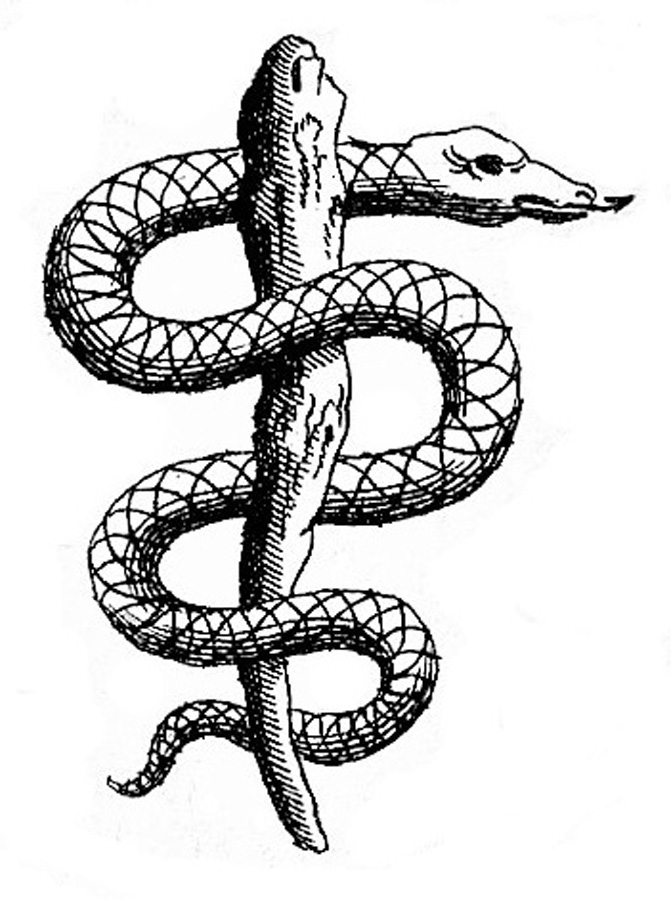first edition Cloth binding
1872 · Boston
by Coues, Elliott and Wyman, Jeffries
Boston: Boston Society of Natural History, 1872. First edition.
ILLUSTRATED MONOGRAPH ON THE ANATOMY OF THE OPOSSUM BY LEADING 19TH CENTURY AMERICAN ZOOLOGISTS.
12 inches tall red cloth binding, gilt title to spine, bookplates of C. William Beebe on front and rear paste-downs, original printed paper covers bound in, text paginated pp 41-154, 36 wood engravings in the text, very good.
ELLIOTT COUES (1842 - 1899) was an American army surgeon, historian, ornithologist and author. He graduated at Columbian University, (now, George Washington University) Washington, D.C., in 1861, and at the Medical school of that institution (truncated)
ILLUSTRATED MONOGRAPH ON THE ANATOMY OF THE OPOSSUM BY LEADING 19TH CENTURY AMERICAN ZOOLOGISTS.
12 inches tall red cloth binding, gilt title to spine, bookplates of C. William Beebe on front and rear paste-downs, original printed paper covers bound in, text paginated pp 41-154, 36 wood engravings in the text, very good.
ELLIOTT COUES (1842 - 1899) was an American army surgeon, historian, ornithologist and author. He graduated at Columbian University, (now, George Washington University) Washington, D.C., in 1861, and at the Medical school of that institution (truncated)











![100+ ANATOMIC ENGRAVINGS. Thomae Bartholini anatome ex omnium veterum recentiorumque observationibus : imprimis institutionibus b. m. parentis Caspari Bartholini, ad circulationem Harvejanam, et vasa lymphatica quartum renovate, cum iconibus novis & inducibus [The anatomy of Thomas Bartholin comprising all the early and current observations: including the work of the father Caspar Bartholin, the circulation of Harvey, and the fourth revision of the lymphatic vessels, with new illustrations and descriptions]](https://d3525k1ryd2155.cloudfront.net/h/290/807/1666807290.0.m.jpg)